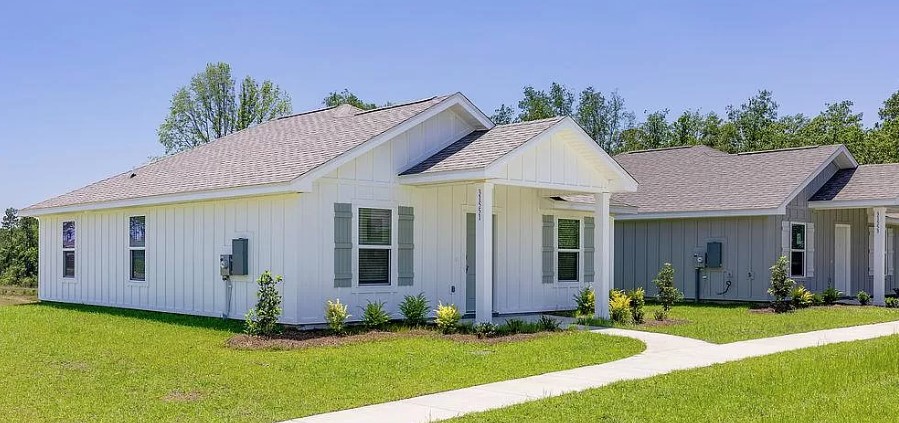- September 6, 2024
- Insights
Build For Rent (BFR), the construction of new single-family homes specifically for rental purposes, caters to the increasing demand for privacy, spacious living, larger outdoor areas, and adaptable home offices. This fast-growing real estate asset class is reshaping development strategies, prompting both multifamily developers and traditional homebuilders to pivot towards the single-family rental (SFR) market with an eye on increased tenant demand and longer tenant retention.
The BFR movement has given rise to various strategic approaches. One noteworthy strategy involves selling newly built rental homes to institutional investors immediately after receiving a certificate of occupancy. These investors, drawn to the SFR market, prefer acquiring portfolios of new single-family homes in bulk, which they often achieve through collaborative partnerships with home builders. This arrangement benefits builders by reducing risk through pre-sales, while investors gain high-quality SFR properties without the hassle of individual acquisitions.
If you are considering a similar exit strategy or seeking financing for your BFR project, here are some key financing tips to keep in mind.
Beyond interest rates, loan amounts, and recourse options, two additional factors are critical when evaluating construction financing: 1) Lock-out / Prepayment penalties and 2) Servicing.
Lock-out/Prepayment Penalties
Borrowers and lenders often have differing incentives: while borrowers aim to complete projects and repay loans swiftly, lenders benefit from keeping the loan outstanding in order to earn more interest.
This misalignment can lead lenders to impose lockout periods (during which loans cannot be repaid) or prepayment penalties, essentially penalizing borrowers for early project completion. If your plan involves selling or refinancing homes upon obtaining certificates of occupancy, ensure your lender permits penalty-free loan repayment.
Construction Servicing Team
Consider who will handle your draw requests, release of homes, and other loan-related issues. An external servicing team (aka “middleperson”) can introduce delays and inefficiencies, often leading to frustrations such as rigid adherence to loan agreements without flexibility.
For instance, if you need to shift funds from one line item to another, you might encounter the common response, “That’s not what the loan agreement specifies,” initiating a lengthy and cumbersome process with your lender through a third party. Conversely, lenders with internal servicing teams typically offer enhanced communication, greater flexibility, and a stronger overall relationship.
Lending is a relationship business, so lenders are often more inclined to help clients overcome issues during the loan term, which can keep your project on track and ensure timely completion.
With the influx of new institutional and retail investors into the Build For Rent sector, we can anticipate further innovative strategies enhancing the BFR model.
I hope you found this article helpful. Whether you are developing BFR communities, renovating multifamily properties, or expanding your SFR portfolio, I want to hear from you!
Please reach out to Brandon Turk ([email protected]) to discuss potential loan opportunities.
BFR Highlights: Daphne, AL

This bridge loan enables for the acquisition of a 141-unit build for rent community in Alabama. The loan enables the sponsor group to acquire the newly completed homes in phases as units receive their certificates of occupancy.

BFR Highlights: Pooler, GA

This bridge loan enables for the acquisition of a 143-unit build for rent community in Georgia. The loan enables the sponsor group to acquire the newly completed homes in phases as units receive their certificates of occupancy.





